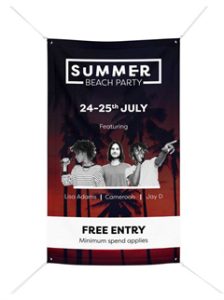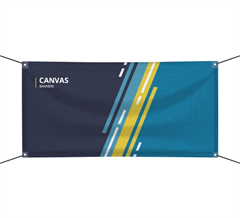Choosing the right digital brochure format is crucial to ensuring that your content is presented effectively, engagingly, and in a user-friendly manner. Here are some common digital brochure formats and considerations for selecting the one that suits your needs:
- PDF Brochures: PDF (Portable Document Format) brochures are widely used and can maintain the original design and layout across devices. They’re easy to share via email or download from websites. However, they may not be the most interactive option.
Considerations:
- Ideal for maintaining consistent design and layout.
- Works well for text-heavy brochures.
- Limited interactivity (hyperlinks, bookmarks, forms).
- May require users to have PDF reader software.
- Interactive PDFs: Interactive PDFs enhance the traditional PDF format by incorporating multimedia elements, links, buttons, and forms. They can be more engaging and dynamic than standard PDFs.
Considerations:
- Offers basic interactivity such as clickable links and buttons.
- Suitable for brochures with multimedia elements like videos or audio.
- Requires users to have PDF reader software.
- eBooks or Flipbooks: eBooks and flipbooks simulate the experience of flipping through physical pages. They often offer a more immersive and visually appealing experience with page-turning animations and interactive features.
Considerations:
- Mimics the experience of reading a physical brochure.
- Can include animations, videos, and interactive elements.
- Requires a dedicated platform or software for viewing (e.g., FlipHTML5, Issuu).
- Web-Based Brochures: Web-based brochures are hosted on a website or landing page and can be accessed through web browsers. They allow for seamless sharing and can offer a range of interactive features.
Considerations:
- Easily accessible via a web browser on various devices.
- Supports multimedia elements, animations, and interactive features.
- Requires web hosting and development expertise.
- Mobile Apps: Developing a dedicated mobile app for your brochure allows you to provide a tailored and interactive experience for users. Apps can offer advanced features and personalization options.
Considerations:
- Provides a highly customized and interactive experience.
- Requires app development expertise and budget.
- Offers the potential for offline access and push notifications.
- HTML5 Brochures: HTML5 brochures are web-based and can be accessed on any device with a web browser. They are responsive and can adapt to various screen sizes.
Considerations:
- Highly flexible and responsive design.
- Supports multimedia content, animations, and interactivity.
- Requires web development skills for design and implementation.
- Video Brochures: Video brochures combine video content with traditional brochure design. They can be shared digitally or even physically, with built-in screens to play videos.
Considerations:
- Engages through visual storytelling using video content.
- Suitable for showcasing products, events, or demonstrations.
- Can be costlier due to video production and screen integration.
When choosing a digital brochure format, consider your target audience, the content you want to convey, the level of interactivity you need, and your technical resources. Whichever format you choose, ensure it aligns with your goals and provides a seamless and engaging experience for your audience.


























